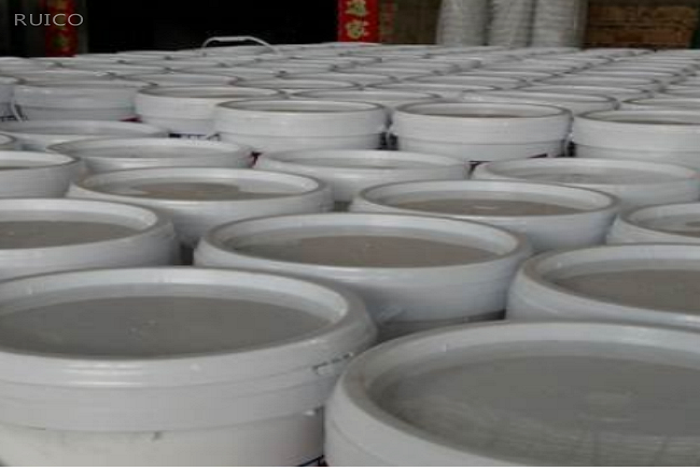Update:Coating additives are an indispensable component of coatings. They can improve the production process, maintain storage ...
Coating additives are an indispensable component of coatings. They can improve the production process, maintain storage stability, improve construction conditions, improve product quality, and impart special functions. Reasonable and correct selection of additives can reduce costs and improve economic benefits. Also known as paint accessories, it is an auxiliary material for formulating paints, which can improve the performance of paints and promote the formation of paint films. There are many types, including driers, tougheners, emulsifiers, thickeners, pigment dispersants, defoamers, leveling agents, anti-skinning agents, matting agents, light stabilizers, mildew inhibitors, antistatic agents (see plastic additives), etc., among which the most used are driers and tougheners. At present, the research on coating additives focuses on the additives used in water-based emulsion paints.
Dryers are substances that can speed up the drying of the coating film, and play a role in promoting the absorption of oxygen and the polymerization of double bonds in the drying oil film. It can shorten the drying time of the oil film from days to hours, is convenient to apply and can prevent the contamination and damage of the wet film.
Many metal oxides, salts and soaps have a drying effect, but the ones with practical value are lead oxide (red dan, yellow dan), manganese dioxide, lead acetate, lead nitrate, manganese sulfate, manganese chloride, boric acid Manganese, manganese acetate, cobalt acetate, cobalt chloride and lead, cobalt, manganese naphthenic acid soap, linoleic acid soap and rosin acid soap.
Due to the good oil solubility of soap driers, the drying effect is high. The modern coating industry uses naphthenic acid soaps as driers. Naphthenic acid soaps are usually produced by the metathesis method.
The amount of drier used in oil-based paints depends on the amount of drying oil or semi-drying oil. Taking dry linseed oil as an example, the amount of lead drier (calculated as lead) is 0.4-0.5% of the oil mass. The drying ability of cobalt and manganese is stronger than that of lead, and the ratio of cobalt, manganese and lead is about 8:1:40. The combination of two or three metal soaps has a synergistic effect. In resin coatings, the amount of drier must be increased.
Toughening agents are plasticizers (see Plastic Additives). The varieties commonly used in the coating industry are diethyl phthalate, dibutyl phthalate, dioctyl phthalate, tributyl phosphate, triphenyl phosphate, tricresyl phosphate and some special varieties.
Thickeners are substances that increase the viscosity of paint and reduce its flow. An important purpose of using thickeners is to reduce runny when finishing. Thickeners for coatings mainly include the following categories: ①Silica; ②Bentonite and organic bentonite (bentonite treated with cationic organic matter); ③Surface-treated activated calcium carbonate particles; ④Hydrogenated castor oil; ⑤Metal Soaps, such as calcium stearate, aluminum stearate, zinc stearate, etc.; ⑥ esters of polymerized vegetable oils and fatty acid dimers and polyols.
Pigment dispersants are used to prevent settling or floating of pigments. Thickeners such as bentonite and organobentonite, metal soaps, hydrogenated castor oil, etc. can function as pigment dispersants. Various surfactants, low molecular weight polyethylene oxide (polyethylene oxide), low viscosity methyl silicone oil, lecithin and its derivatives are also commonly used.
Leveling agents are substances that help create a smooth finish. Substances that can increase the surface tension of coatings generally have the effect of leveling agents. The leveling agents that have been used in the industry include various series of fluorosurfactants, polyacrylates and polyvinyl butyral.

